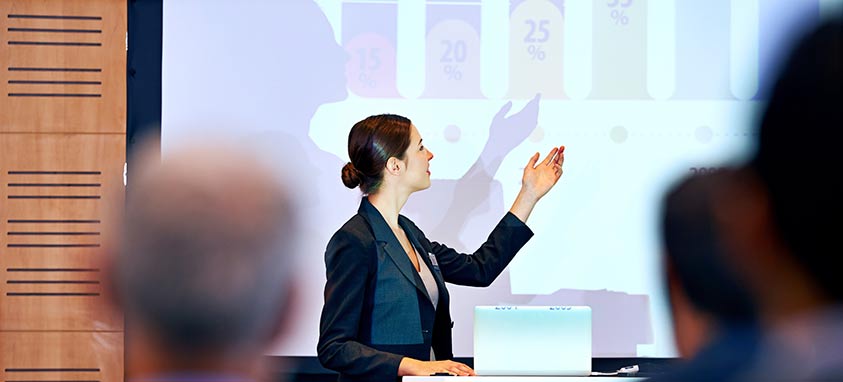Event professionals who plan conferences are observing that the traditional old model is rapidly becoming extinct. Here are 8 ways conferences are evolving to become more inclusive and interactive.
1. More networking. There are basically two main reasons people attend conferences: to learn new information and create new connections. In the past, the majority of time was devoted to delivering information. Today, networking has taken on greater significance.
2. Emphasis on interaction. Presentations used to be one-way broadcasts with limited interactivity. Speakers delivered their material to attendees and received little feedback. Instead of long-winded monologues, event professionals are urged to lay the groundwork that allows participants to create conversations.
3. Rethinking of content. The Internet abounds with videos of experts in every field, discussing every imaginable subject. As a result, content alone is no longer a driving force to attend conferences. Juraj Holub of sli.do points out that conference goers today want to learn through interaction, collaboration and sharing. Many event professionals are finding that small discussion groups or campfire sessions facilitate better communication and are more popular among attendees.
4. Shorter keynotes. In the past, the structure for conferences was long presentations, interspersed with a few networking breaks. Presentations today are shorter. Rather than let a speaker stretch a 20-minute presentation into an hour long speech in order to fill a time slot, planners are encouraging them to deliver their messages succinctly, and use the remainder of the time for interactive Q&As.
5. Less PowerPoints. A growing number of attendees find static PowerPoint presentations boring. Use the stage for more dynamic video presentations, interactive panel discussions or interviews. Information from PowerPoint slides can be made available to attendees to download later at their leisure.
6. More empowered audiences. Many of today’s event goers (especially millennials) are eager to express their opinions and want to actively participate in the event they are attending. This type of sharing engages and empowers audiences, and contributes to making the event more dynamic.
7. Improved technology. The proliferation of smartphones and social media tools means that everyone can take part in the proceedings. A myriad of event apps permit audiences to react to presentations in real time, transforming the entire experience.
8. More casual seating arrangements. Many meeting planners are eschewing the traditional auditorium-style room set up, with rows upon rows of folding chairs. Instead, they are opting for more casual seating arrangements that encourage interaction.




